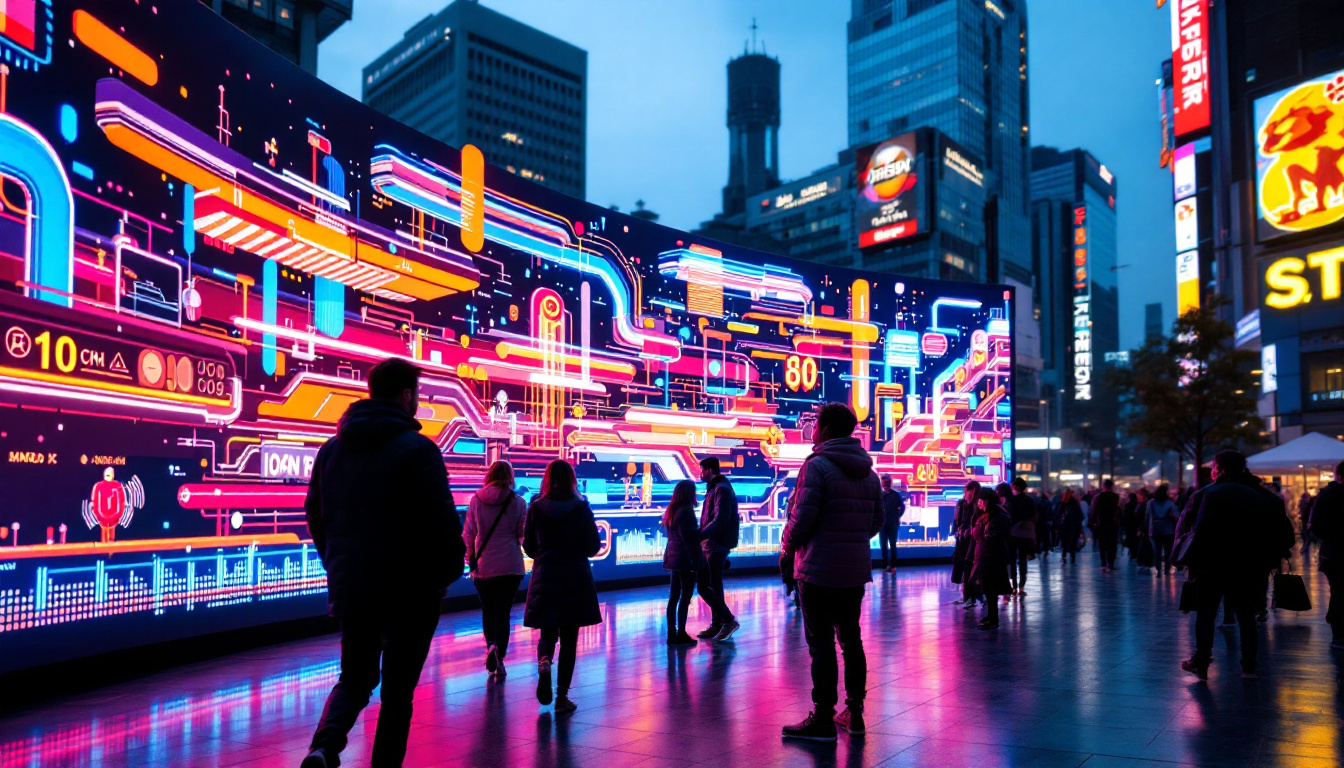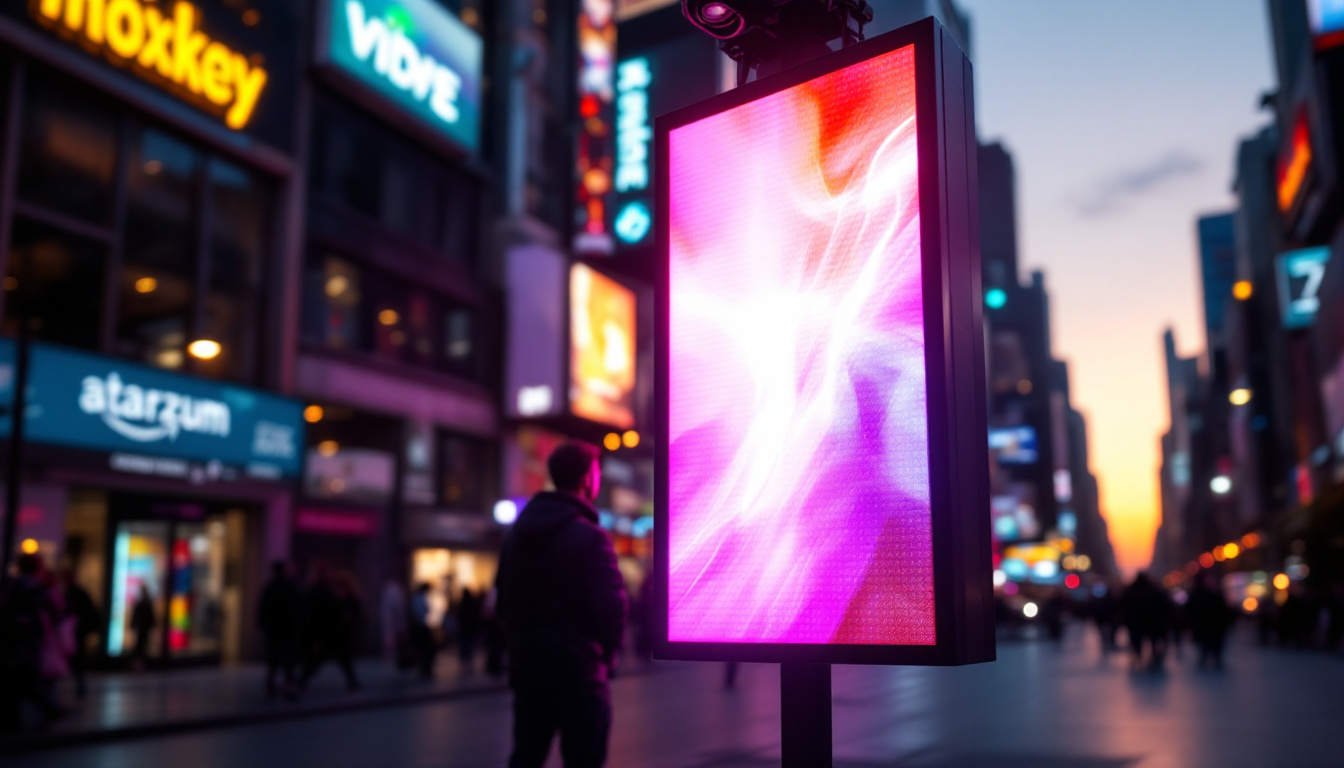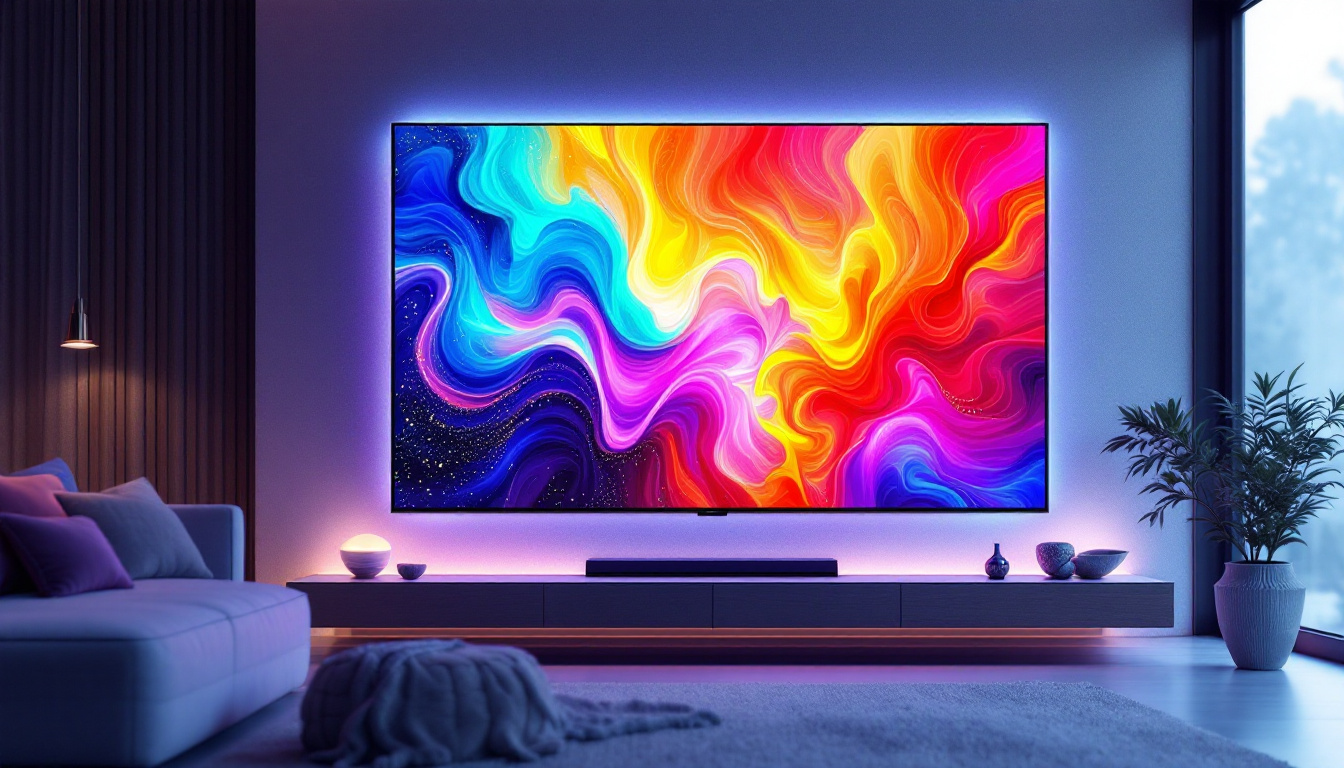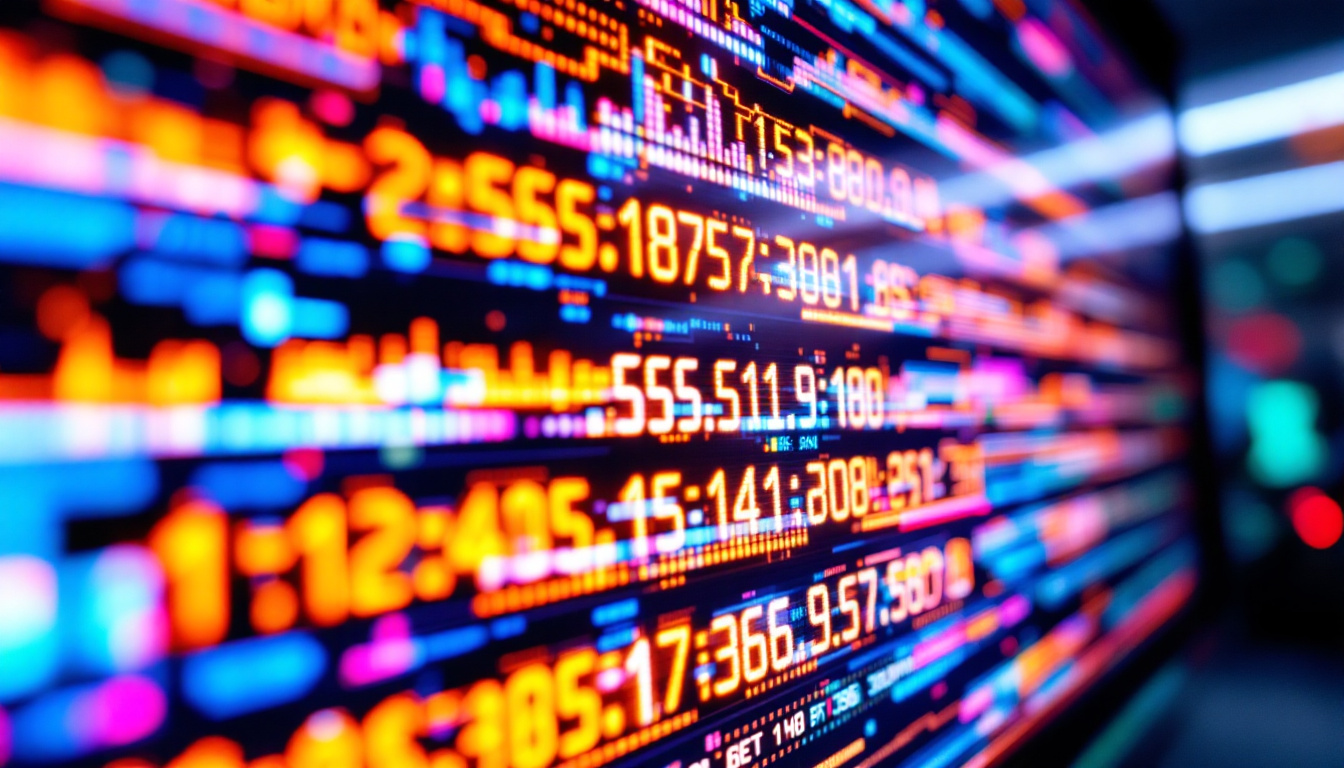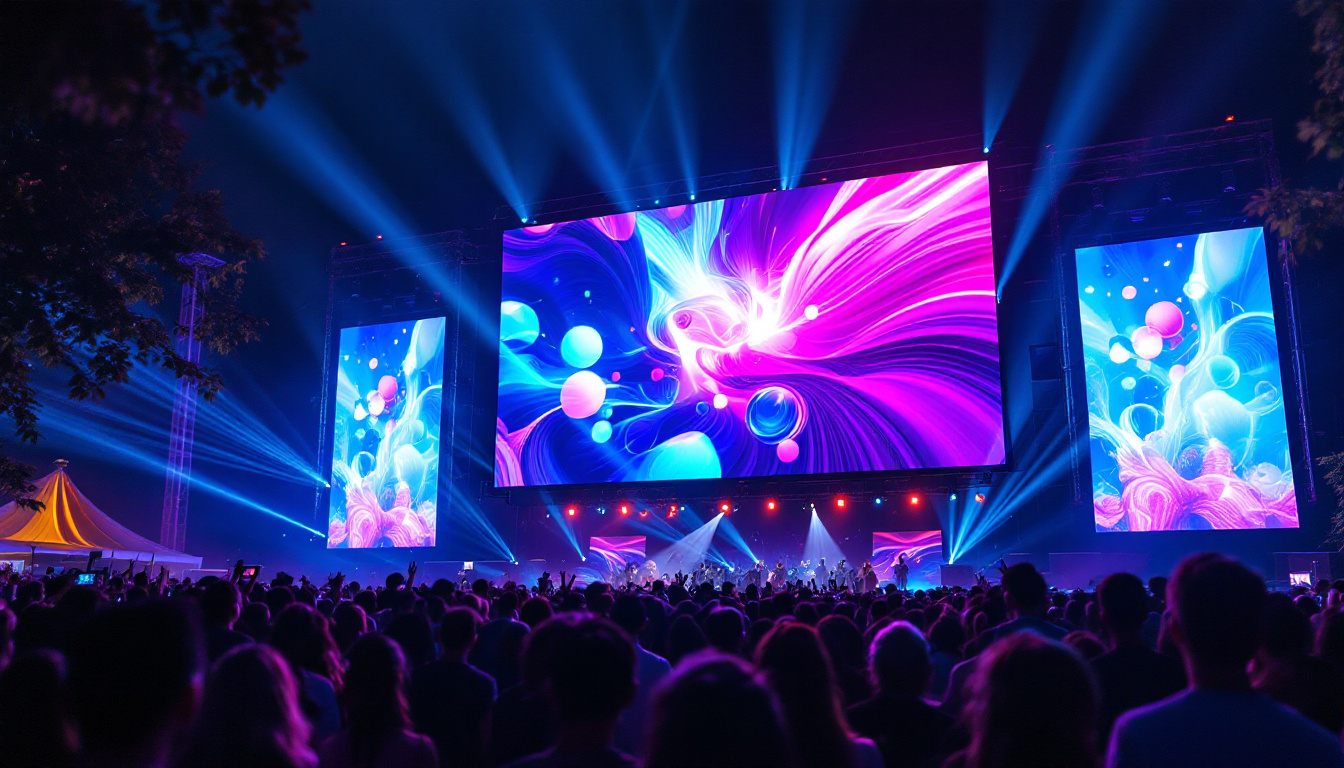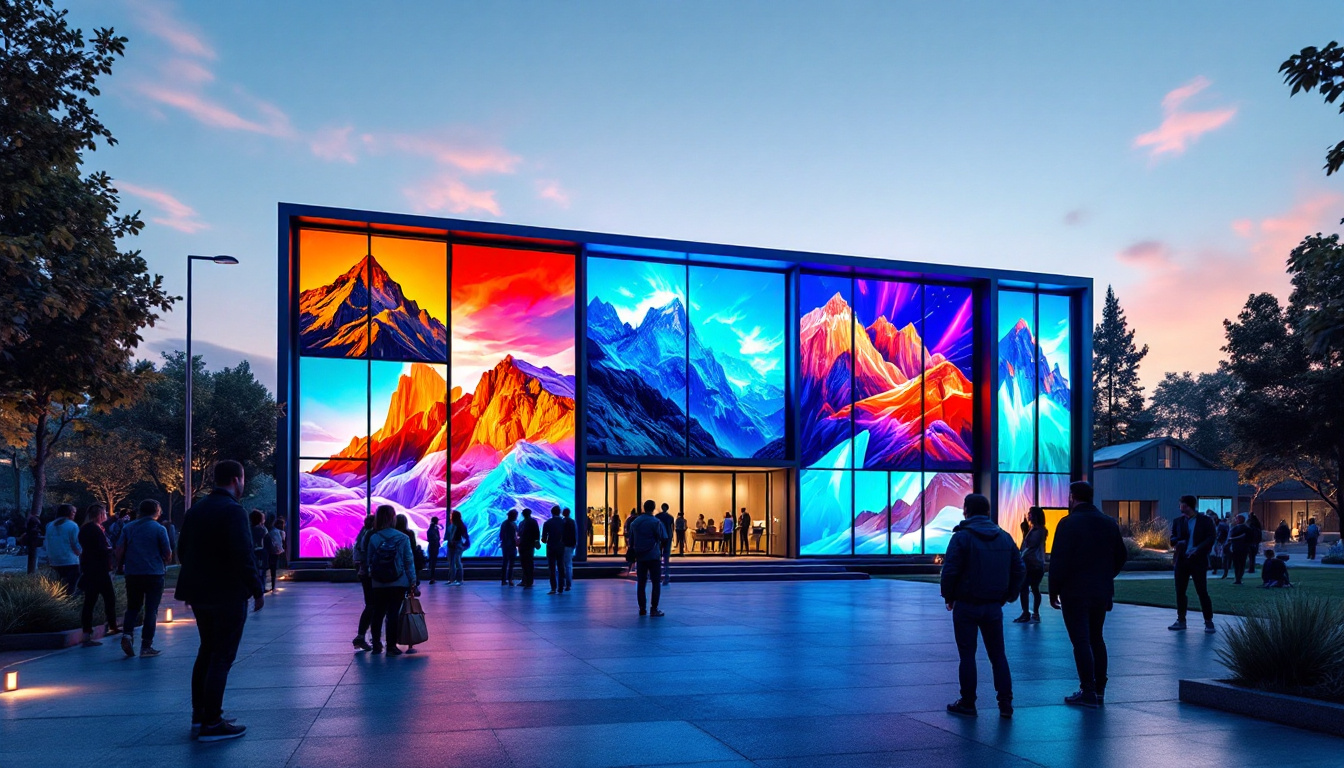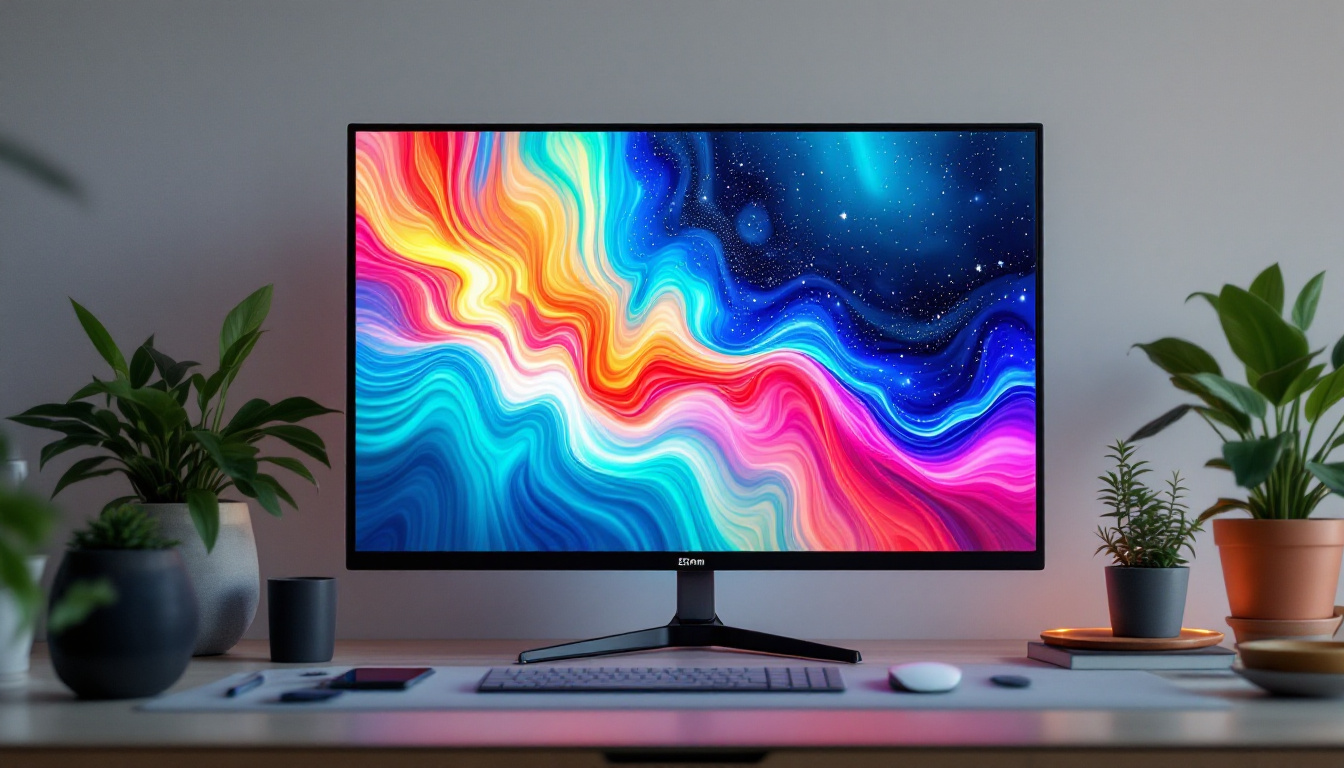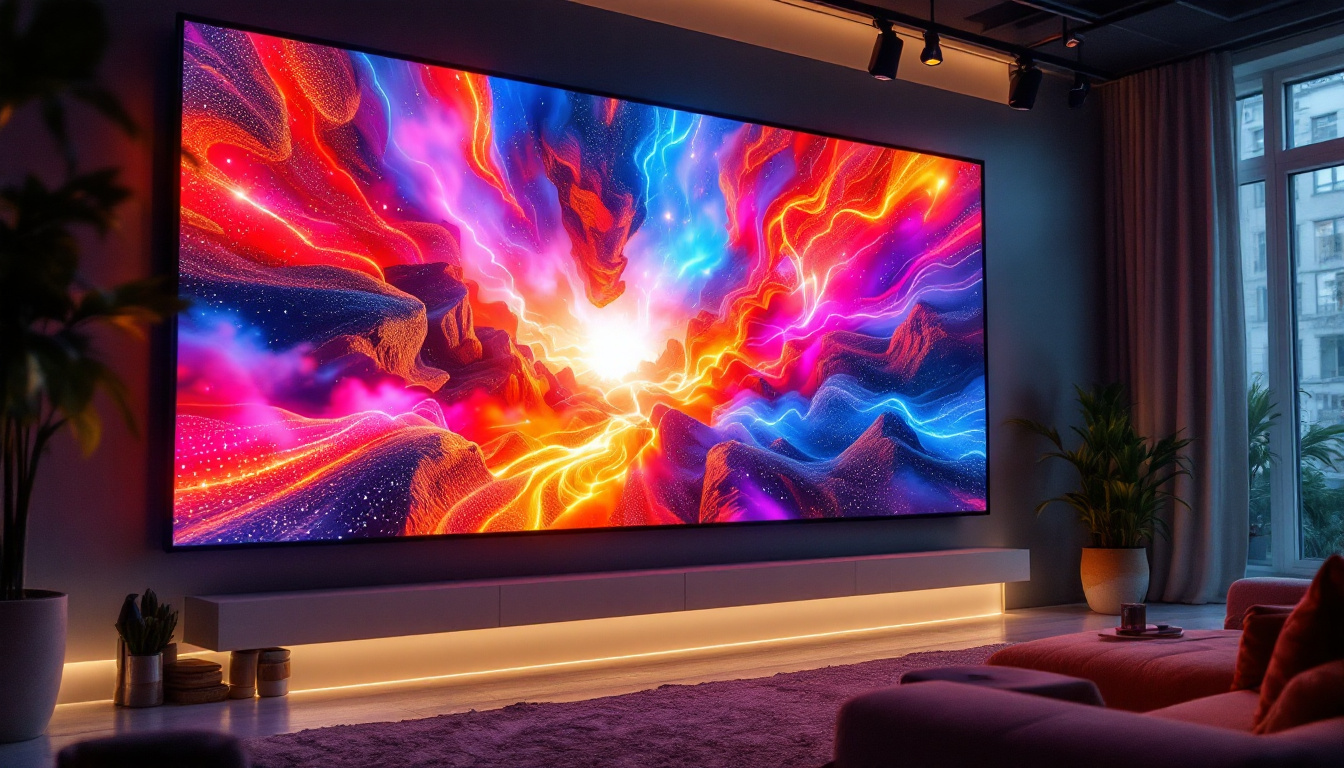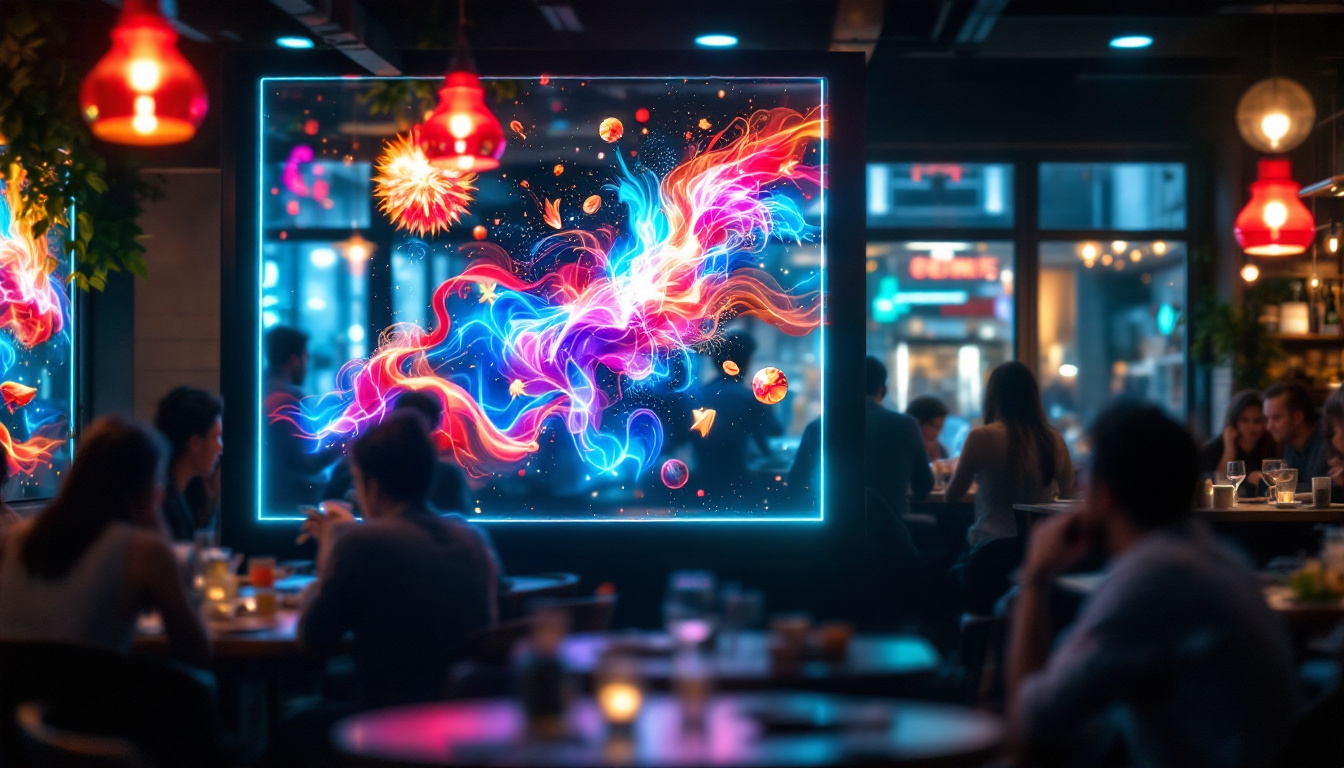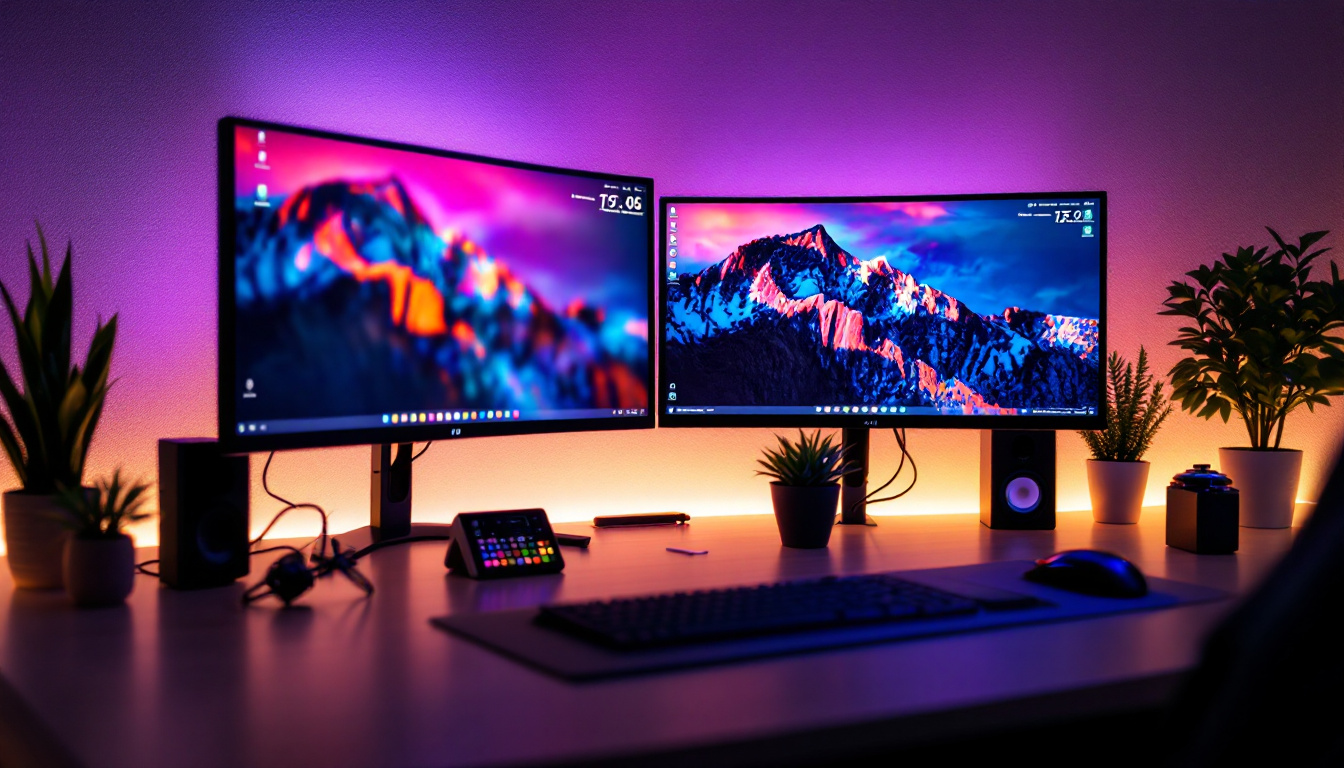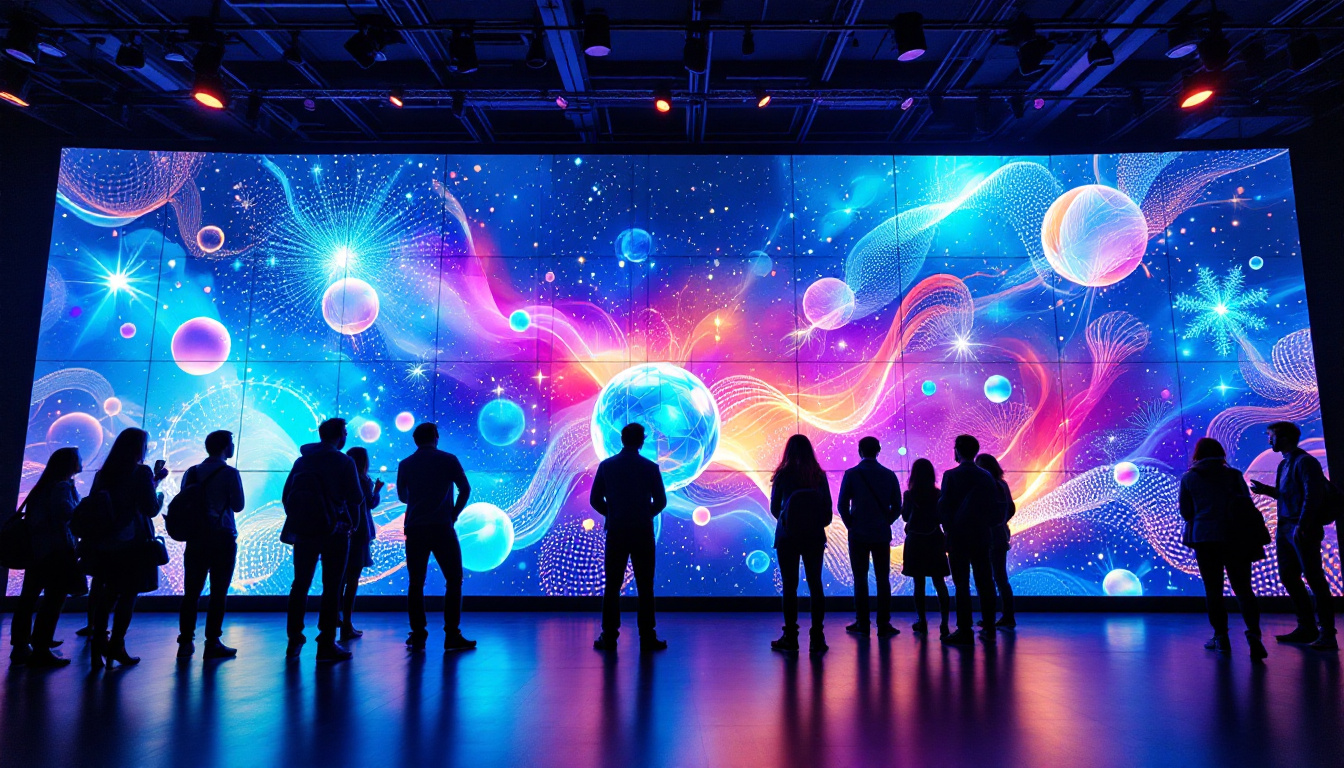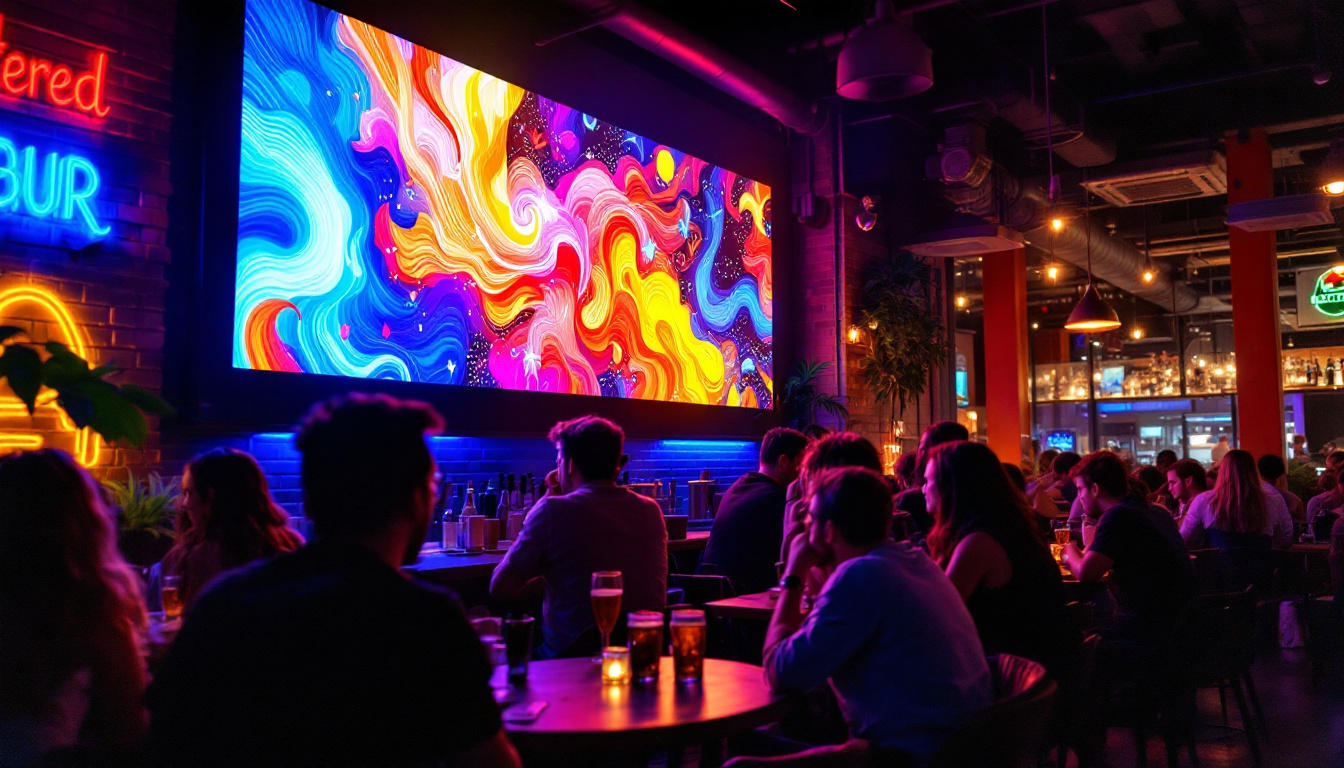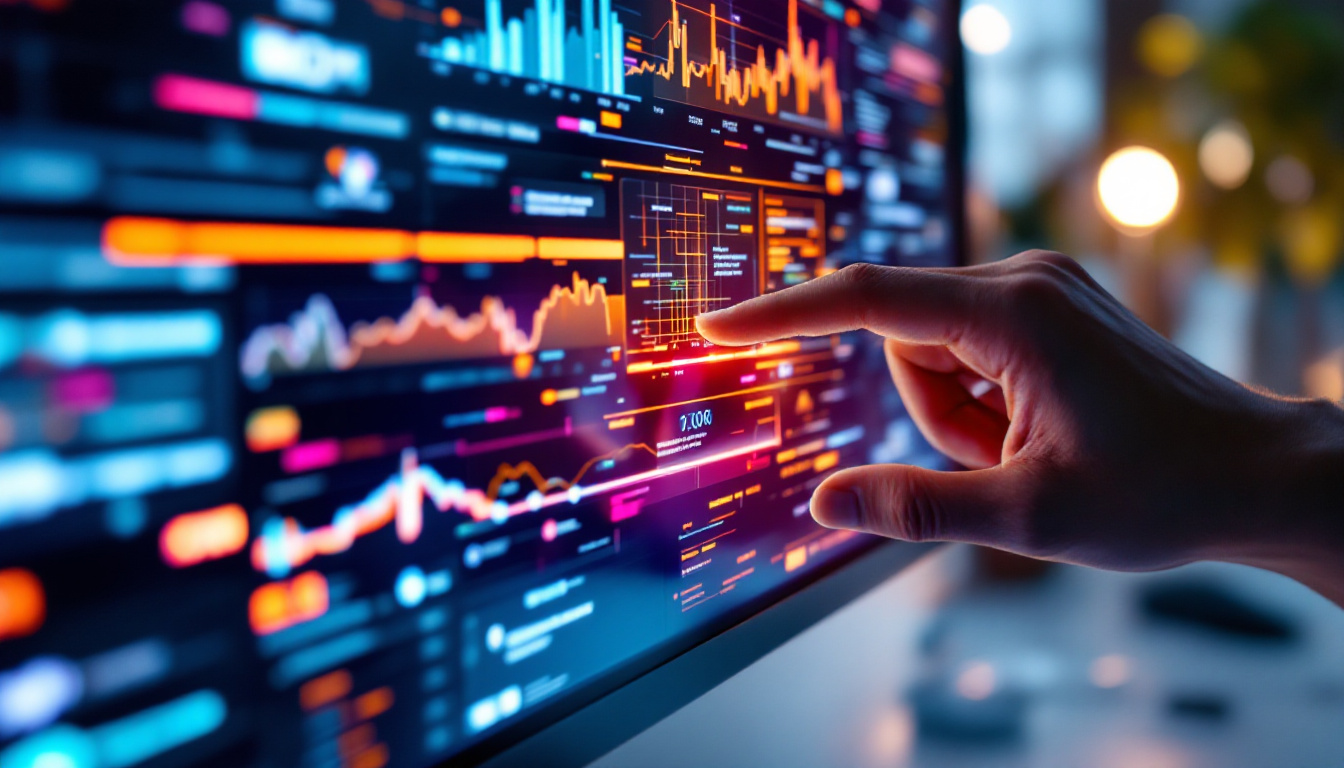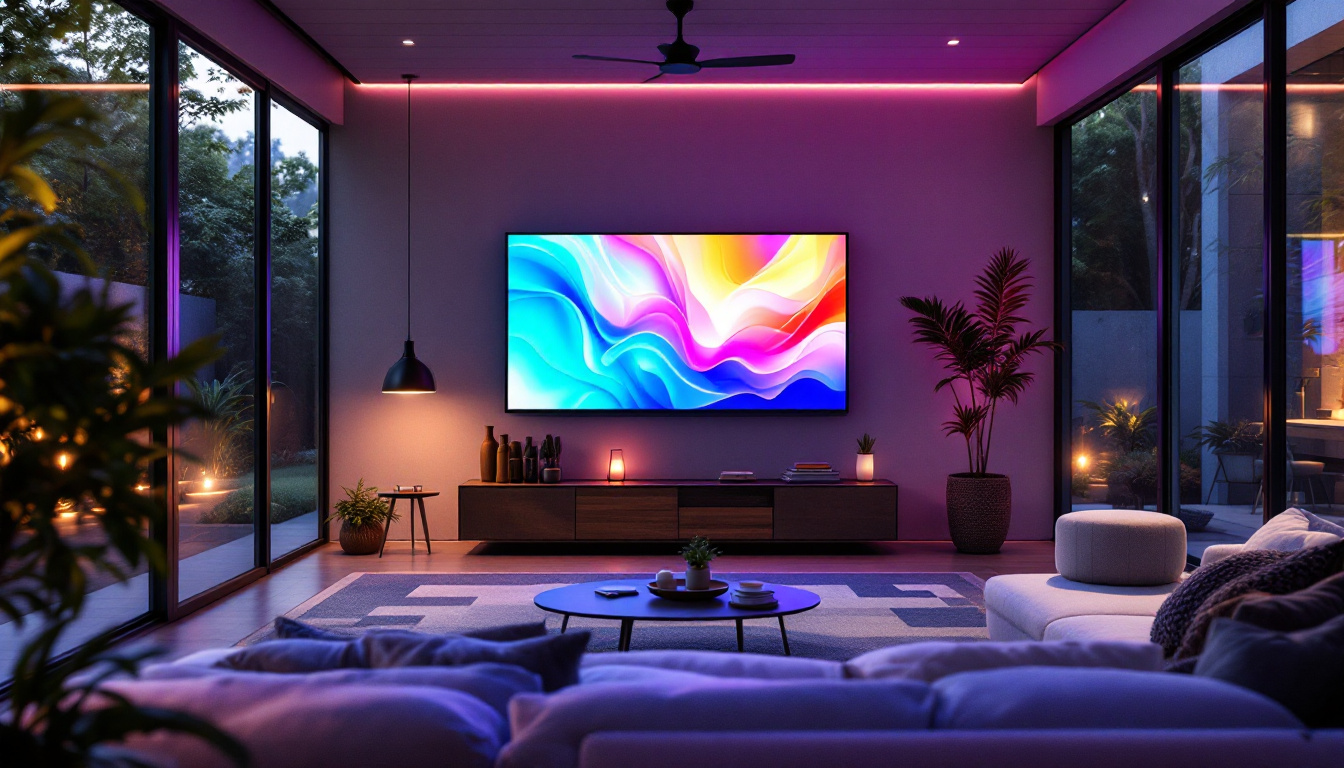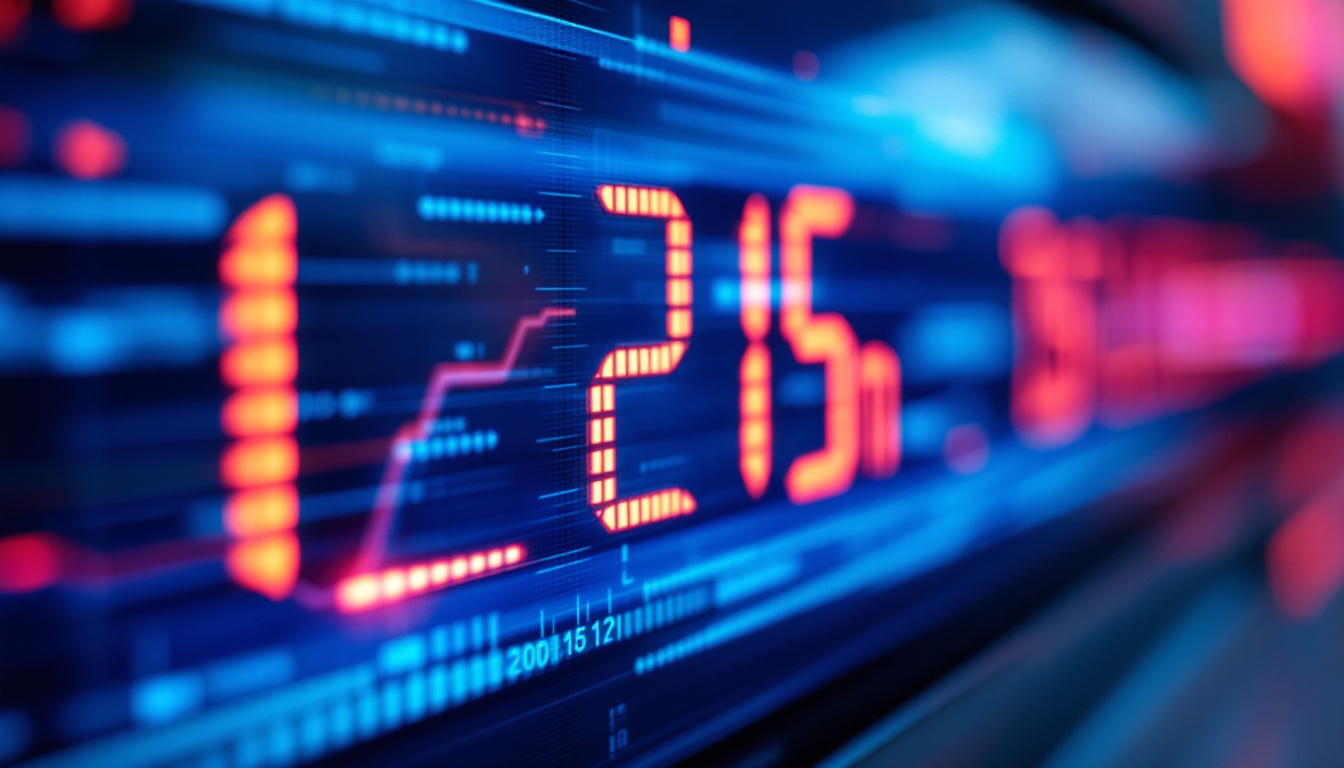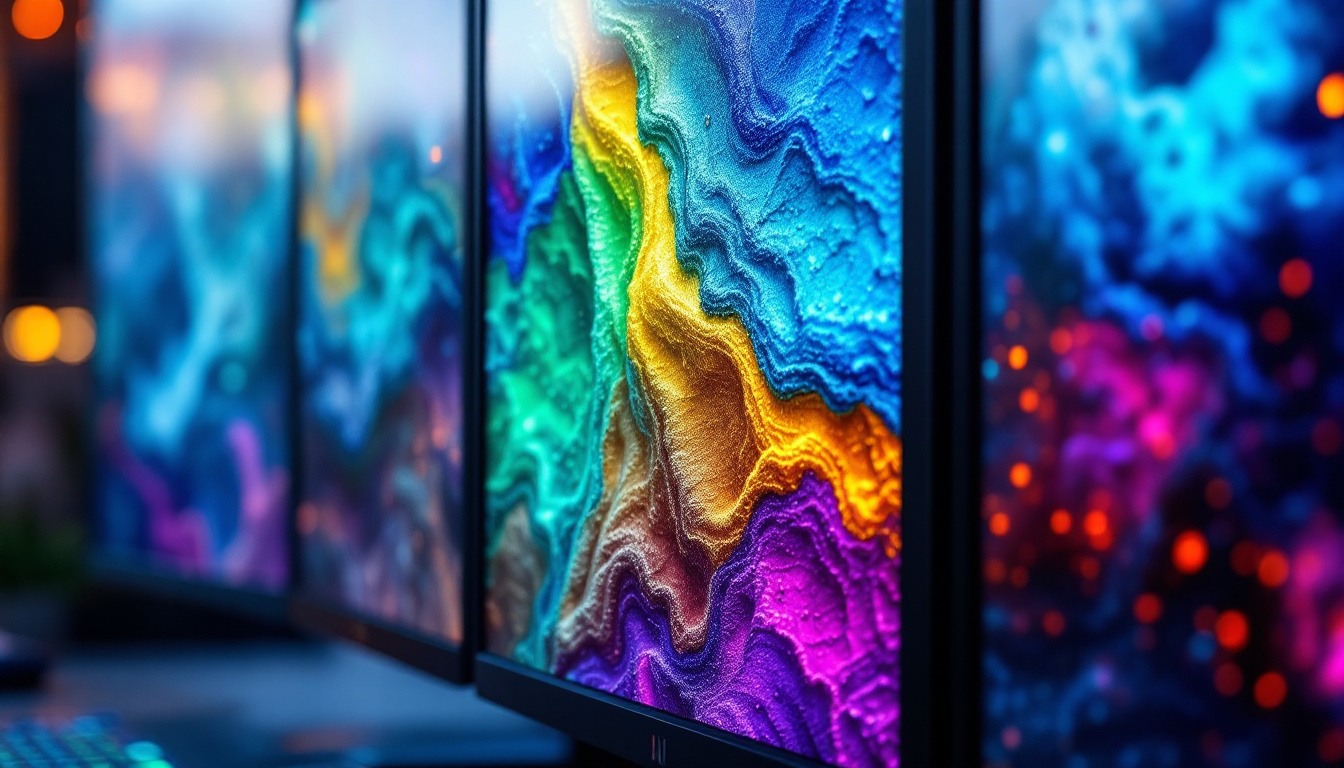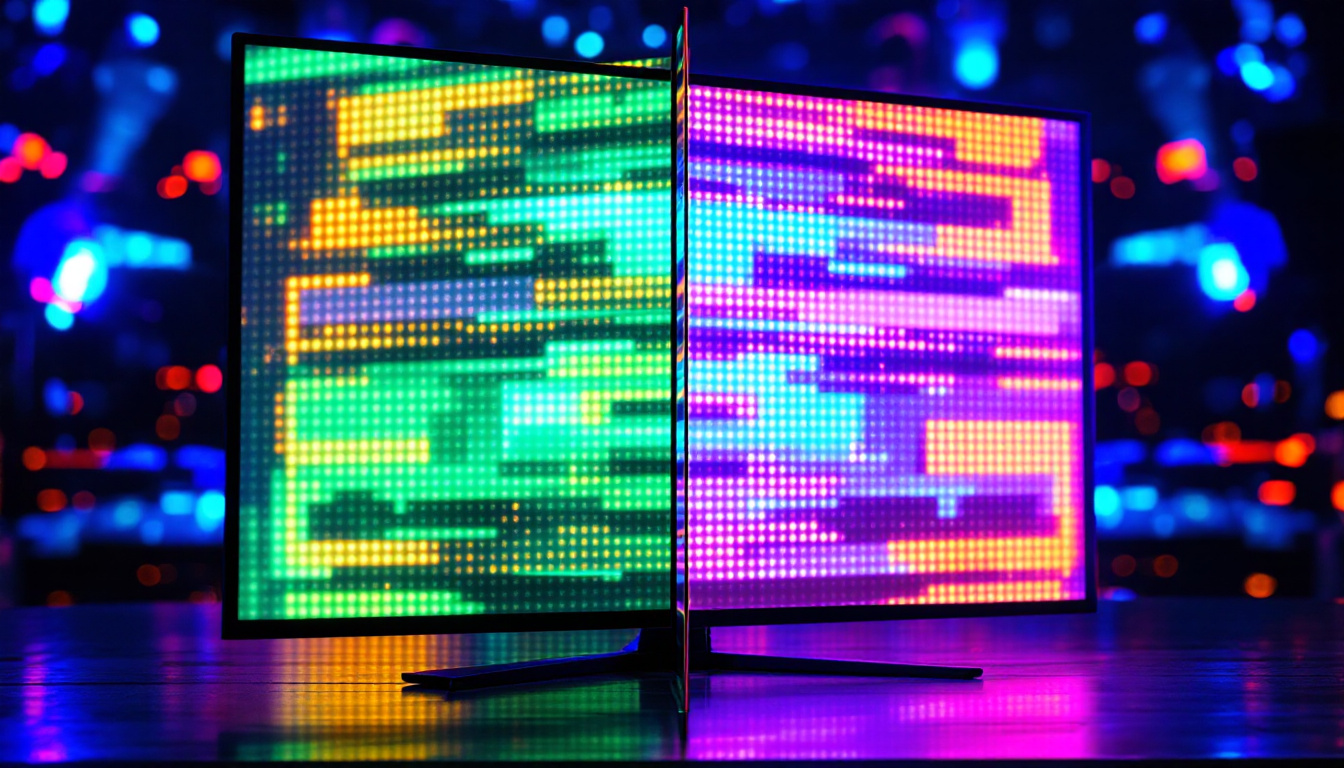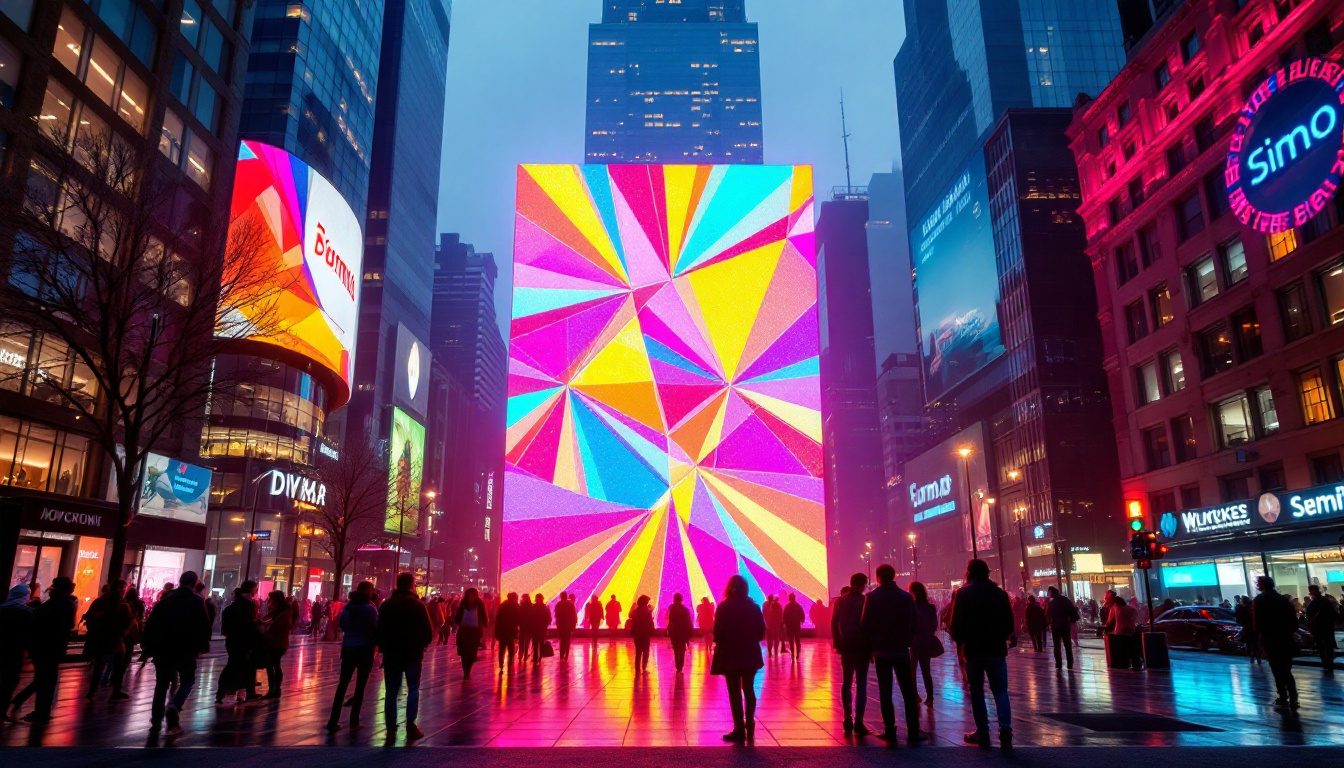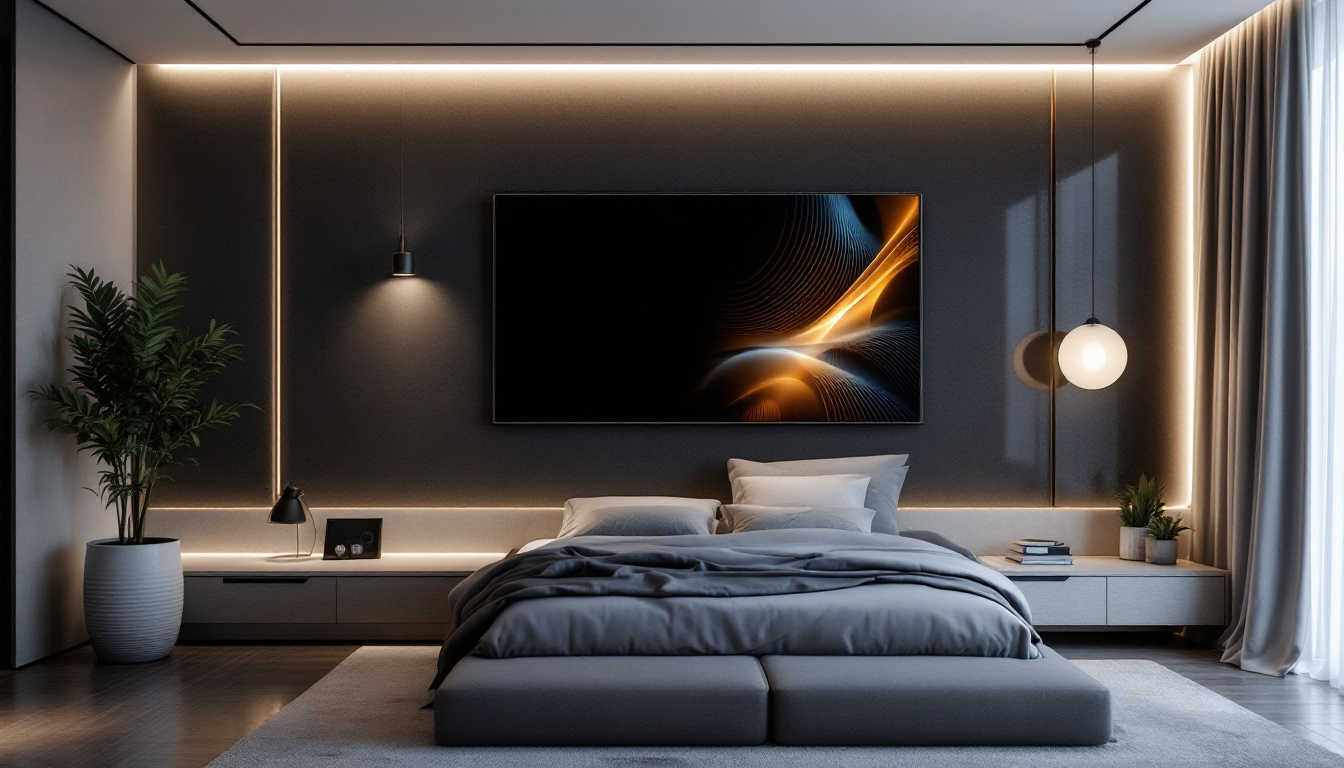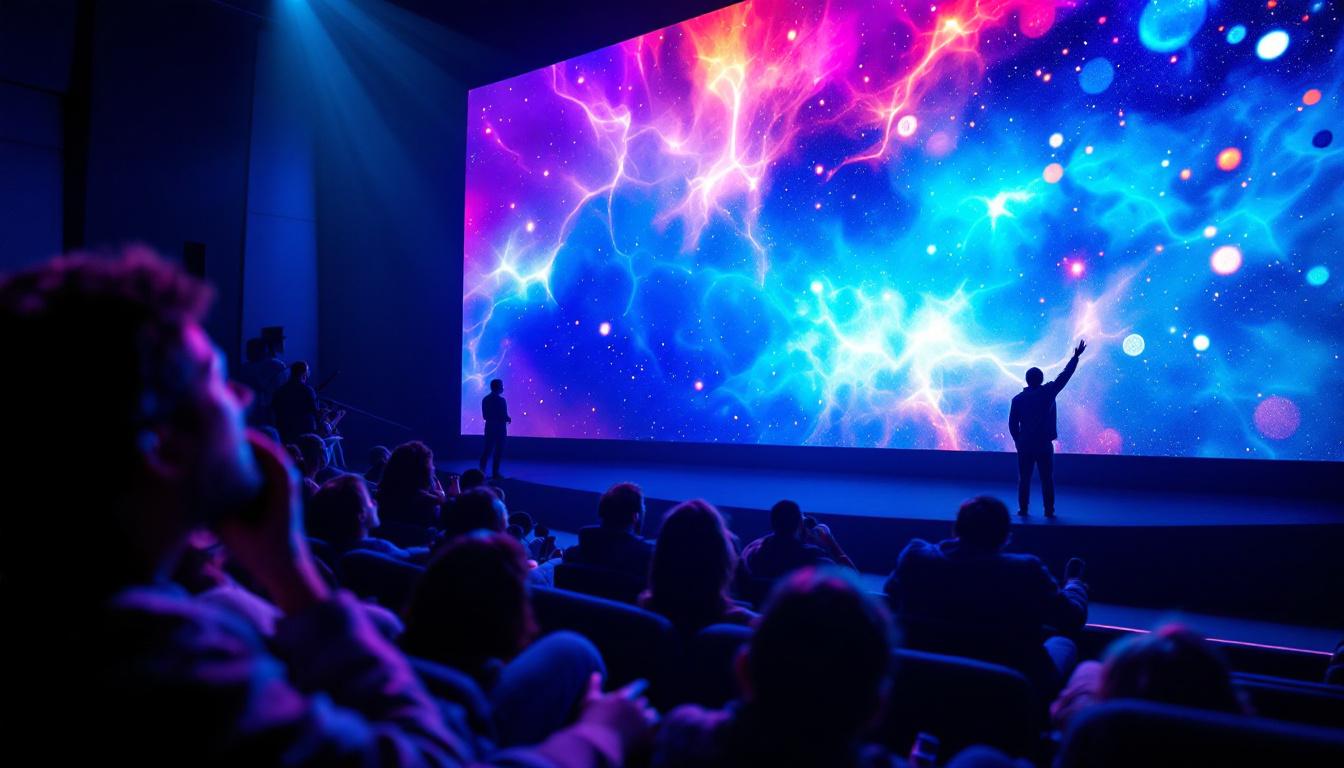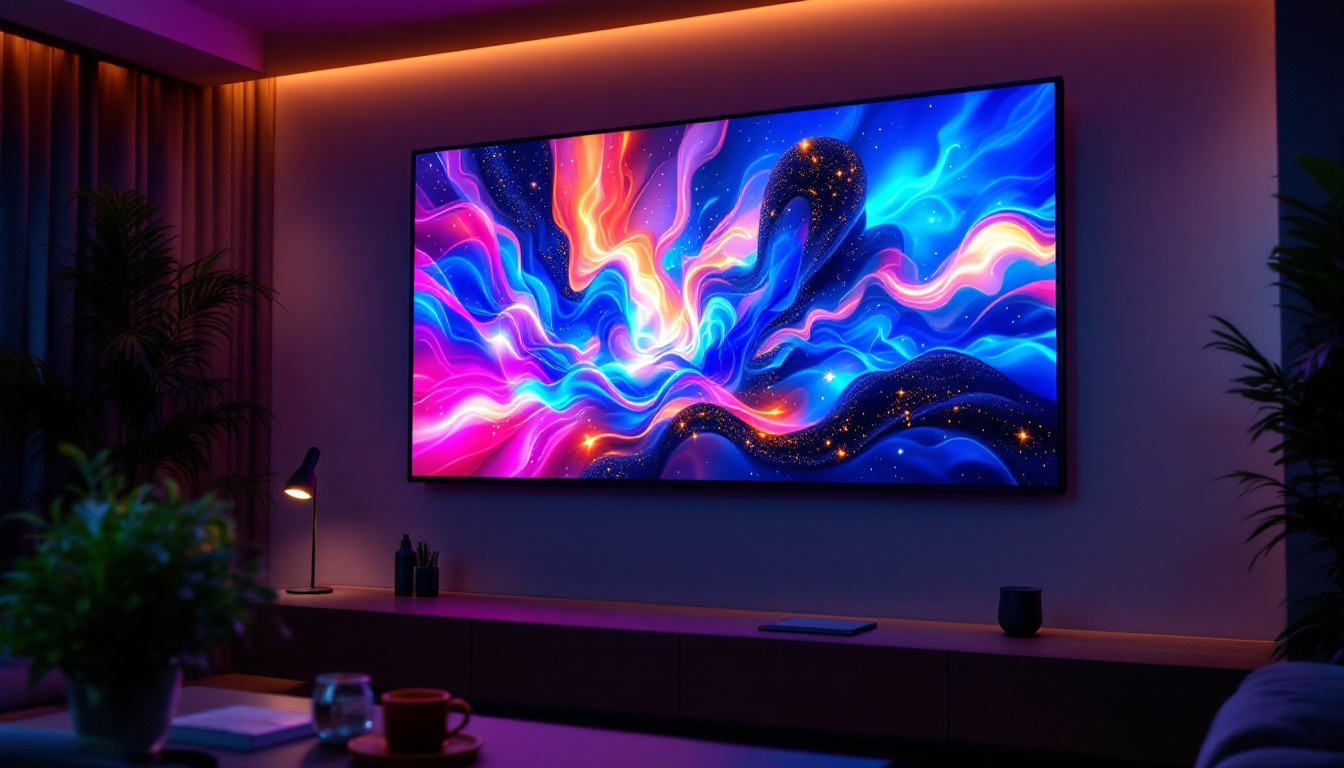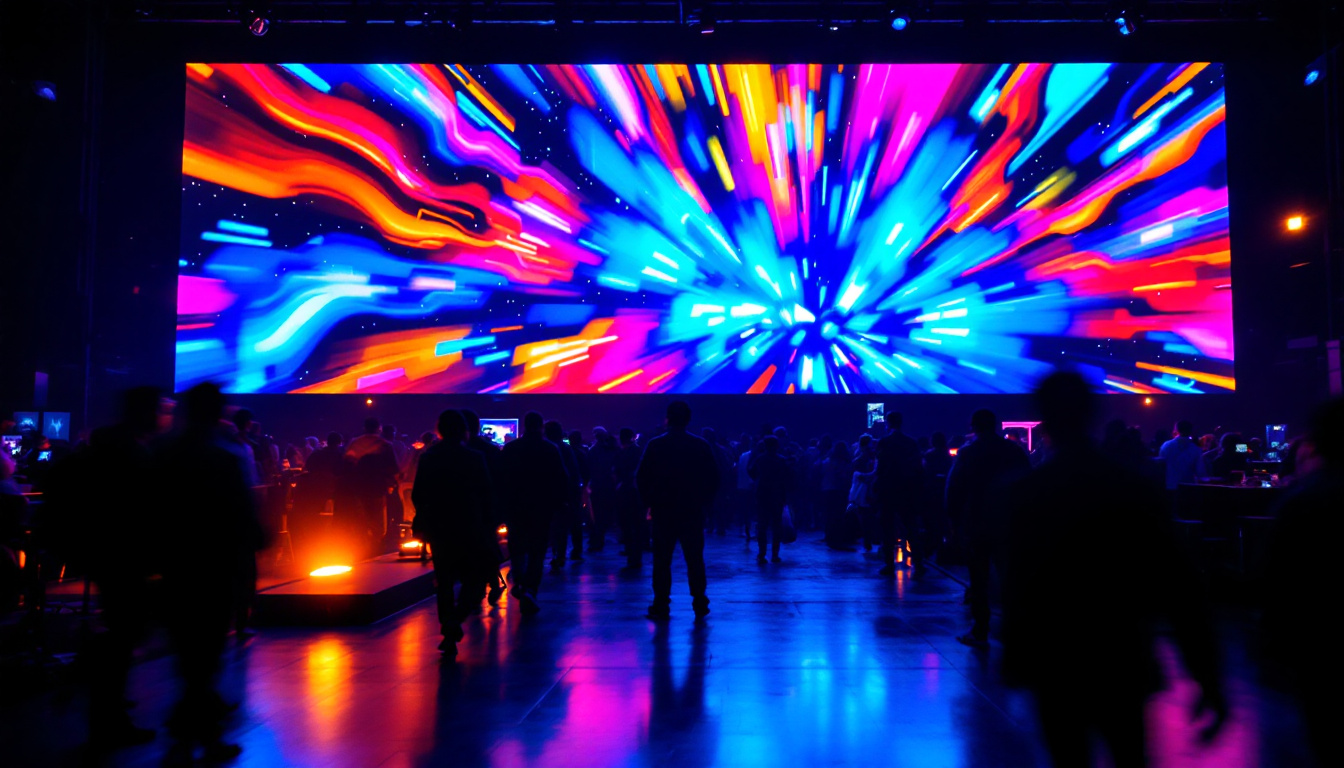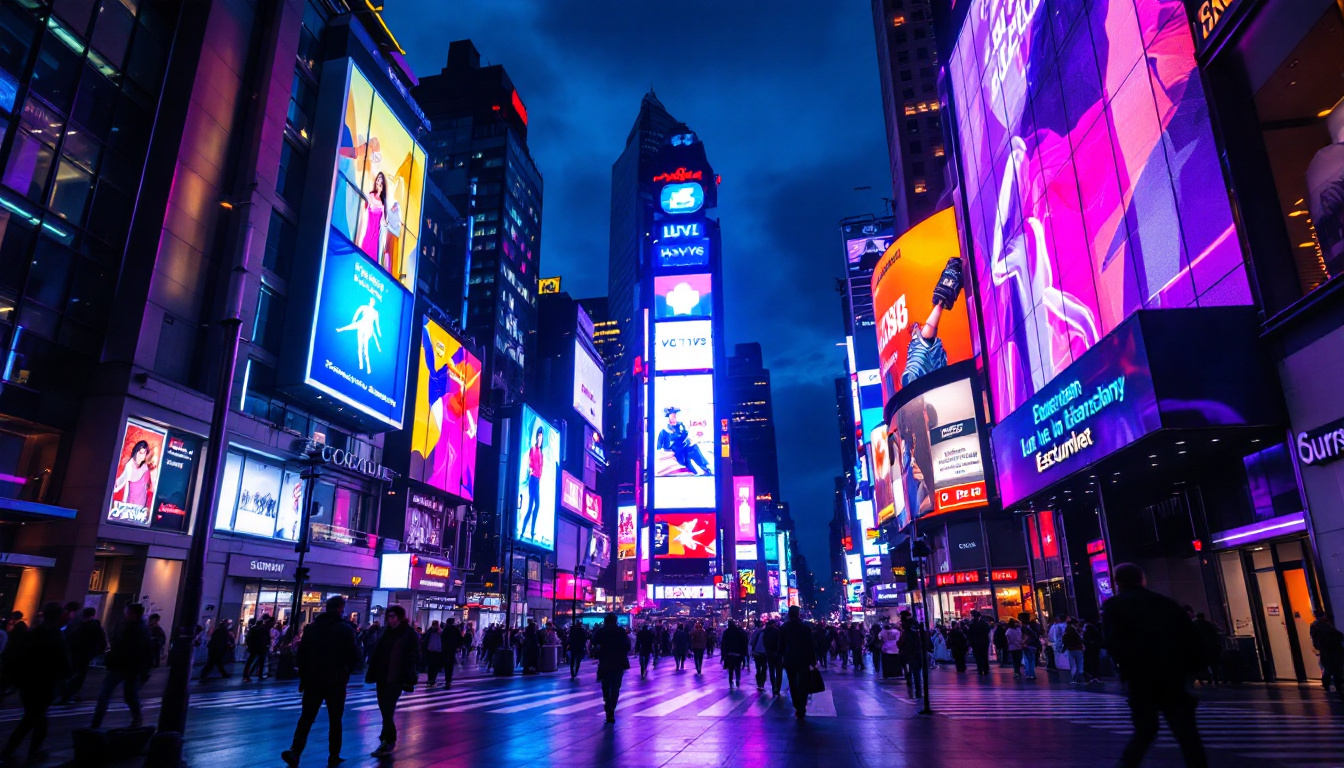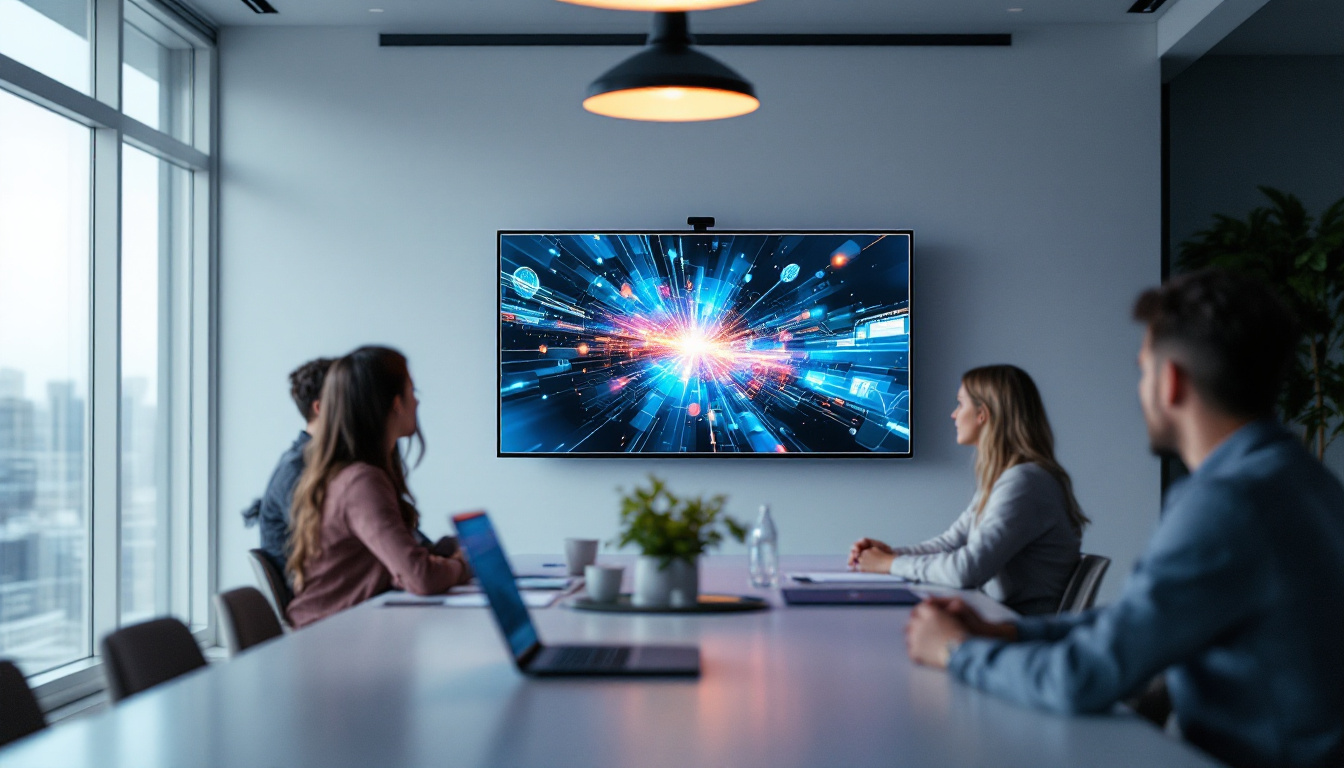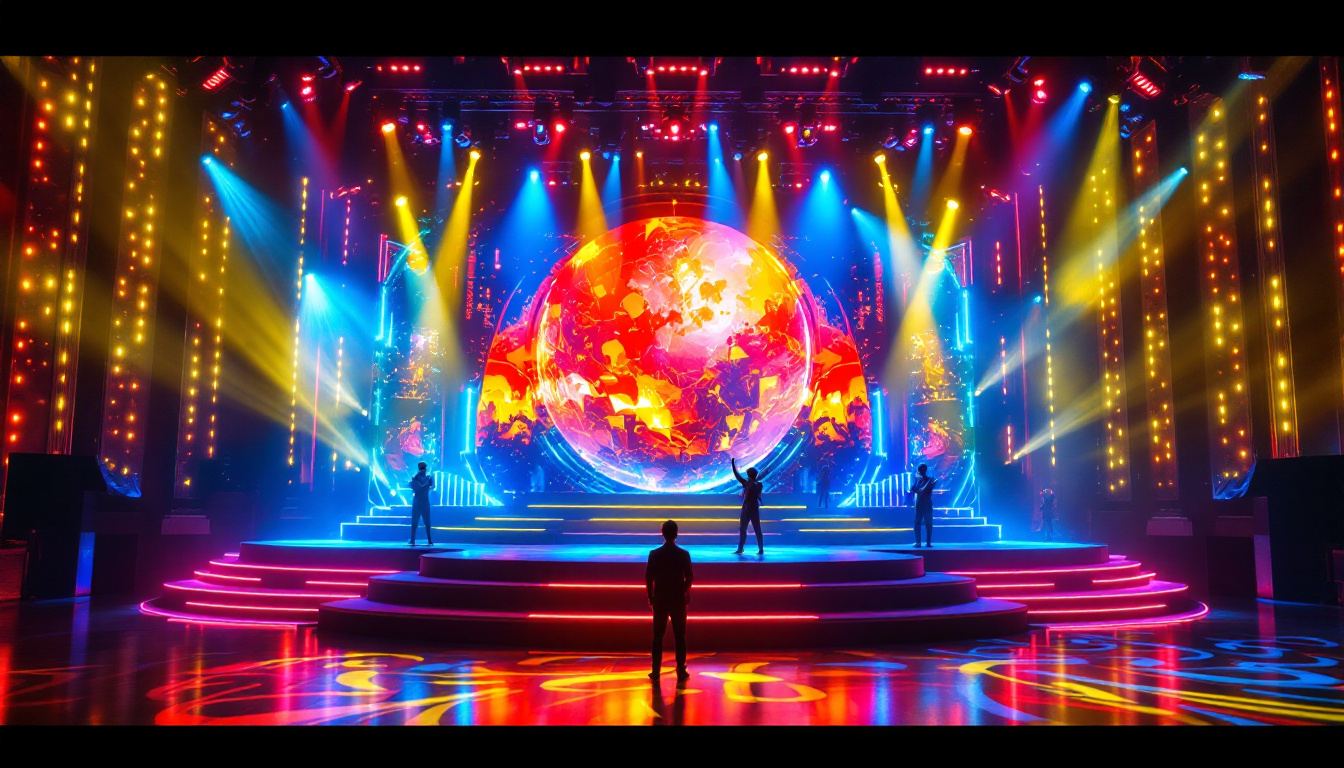The evolution of display technology has transformed the way information is conveyed in various sectors. Among the most innovative advancements is the LED display, which has become a staple in advertising, entertainment, and information dissemination. This article delves into the intricacies of LED displays, focusing on the Poplanner technology, its applications, advantages, and future prospects.
Understanding LED Display Technology
LED, or Light Emitting Diode, displays are a form of digital screen technology that utilizes LEDs to produce images and videos. Unlike traditional display technologies that rely on backlighting, LED displays emit light directly from the diodes, resulting in brighter and more vibrant visuals. This section will explore the fundamental components and working principles of LED displays.
Components of LED Displays
At the core of any LED display are the individual light-emitting diodes. These tiny components are arranged in a grid format, forming pixels that can change color and brightness. Each pixel typically consists of red, green, and blue (RGB) diodes, which combine to create a full spectrum of colors. The arrangement and density of these pixels significantly influence the display’s resolution and clarity, making it crucial for applications ranging from billboards to smartphones.
In addition to the diodes, LED displays are equipped with a control system that manages the input signals and adjusts the brightness and color of each pixel. This control system is essential for ensuring that the display operates smoothly and delivers high-quality images. Furthermore, the display’s housing and protective layers play a crucial role in safeguarding the diodes from environmental factors. For instance, outdoor LED displays often include weather-resistant casings to protect against rain, dust, and UV radiation, ensuring longevity and consistent performance in varying conditions.
Working Principles of LED Displays
The operation of an LED display is relatively straightforward. When an electrical current passes through the diodes, they emit light. By varying the intensity of the current, the display can create different shades and colors. This process is known as pulse-width modulation (PWM), which allows for precise control over the brightness of each pixel. The ability to manipulate light at such a granular level enables LED displays to produce stunning visuals that can captivate audiences, making them a popular choice for advertising and entertainment.
Moreover, LED displays can be categorized into two main types: direct view and rear projection. Direct view displays are commonly used in outdoor signage and large screens, while rear projection displays are often found in smaller setups, such as televisions and monitors. Each type has its advantages and specific use cases, making them versatile tools in various industries. For example, direct view LED displays are known for their high brightness and visibility in daylight, while rear projection displays often provide better color accuracy and contrast in controlled lighting environments. As technology continues to advance, we can expect to see even more innovative applications of LED display technology, including flexible screens and transparent displays that open up new possibilities for design and functionality.
Poplanner: A Leader in LED Display Technology
Poplanner has emerged as a significant player in the LED display market, offering innovative solutions that cater to a diverse range of applications. The company’s commitment to quality and technology has positioned it as a trusted brand among businesses and consumers alike.
Innovative Features of Poplanner Displays
Poplanner LED displays are characterized by their high resolution, energy efficiency, and durability. One of the standout features is their ability to deliver stunning visuals even in bright environments, making them ideal for outdoor advertising and events.
Additionally, Poplanner displays boast advanced connectivity options, allowing for seamless integration with various media sources. This flexibility enables users to update content in real-time, ensuring that the displayed information is always relevant and engaging. The displays also incorporate cutting-edge technology such as automatic brightness adjustment, which optimizes visibility based on ambient light conditions, further enhancing user experience.
Applications of Poplanner LED Displays
The versatility of Poplanner LED displays allows them to be utilized in numerous sectors. In retail, for instance, these displays are used to showcase products and promotions, creating an immersive shopping experience for customers. Their vibrant colors and dynamic content can significantly enhance brand visibility.
In the entertainment industry, Poplanner displays are often employed in concerts, festivals, and sporting events. The ability to display high-definition video and graphics captivates audiences and elevates the overall experience. Furthermore, these displays are increasingly being integrated into smart city projects, providing real-time information to citizens and enhancing urban environments. For example, Poplanner displays can be found in public transportation hubs, where they provide live updates on schedules and delays, making commuting more efficient and user-friendly. Additionally, they are utilized in public parks and squares, serving as platforms for community announcements and cultural events, thus fostering a sense of connection among residents.
Advantages of LED Displays
The adoption of LED displays has surged in recent years, thanks to their numerous advantages over traditional display technologies. Understanding these benefits can help businesses and organizations make informed decisions regarding their display needs.
Energy Efficiency
One of the most significant advantages of LED displays is their energy efficiency. Compared to traditional LCD or plasma screens, LED displays consume considerably less power, making them an environmentally friendly option. This reduction in energy consumption not only lowers operational costs but also contributes to a smaller carbon footprint. Furthermore, the ability to operate effectively even in bright daylight enhances their usability in outdoor settings, where traditional displays may struggle to maintain visibility.
Longevity and Durability
LED displays are known for their long lifespan, often exceeding 100,000 hours of use. This longevity is attributed to the robust nature of the diodes, which are less susceptible to damage from external factors. As a result, businesses can enjoy a reliable display solution that requires minimal maintenance and replacement. Additionally, many LED displays are designed to withstand harsh weather conditions, making them ideal for outdoor advertising and public information displays. This resilience not only ensures consistent performance but also reduces the frequency and costs associated with repairs and replacements.
High-Quality Visuals
The superior image quality offered by LED displays is another compelling reason for their popularity. With high brightness levels, excellent contrast ratios, and vibrant colors, LED displays provide a visually stunning experience. This quality is particularly important in applications where capturing attention is crucial, such as advertising and entertainment. Moreover, LED technology allows for finer pixel pitch, which means that even at close viewing distances, the images remain sharp and clear. This capability is essential in settings like trade shows or retail environments, where engaging visuals can significantly impact customer behavior and decision-making.
Versatility in Applications
Another notable advantage of LED displays is their versatility across various applications. From large-scale outdoor billboards to indoor digital signage, LED technology can be adapted to meet diverse needs. They are increasingly used in sports arenas, concert venues, and corporate environments, allowing for dynamic content that can be easily updated. This adaptability not only enhances user engagement but also enables organizations to tailor their messaging to specific audiences, ensuring maximum impact.
Cost-Effectiveness Over Time
While the initial investment in LED technology may be higher than traditional display options, the long-term cost-effectiveness is undeniable. The combination of lower energy costs, minimal maintenance requirements, and extended lifespan means that over time, businesses can see significant savings. Additionally, the ability to change content quickly and easily can lead to increased revenue opportunities, particularly in advertising, where timely promotions can drive customer interest and sales. As technology continues to evolve, the affordability of LED displays is also improving, making them an increasingly accessible option for a wider range of applications.
Challenges and Considerations
While LED displays offer numerous benefits, there are also challenges and considerations that potential users should be aware of. Understanding these factors can help in making more informed decisions when selecting display technology.
Initial Investment Costs
One of the primary challenges associated with LED displays is the initial investment cost. High-quality LED displays can be expensive, which may deter some businesses from adopting this technology. However, it is essential to consider the long-term savings on energy and maintenance, which can offset the initial expenditure over time.
Viewing Angles and Distance
Another consideration is the viewing angle and distance. While LED displays can offer excellent visuals, the quality can diminish at extreme angles or distances. Therefore, it is crucial to assess the intended viewing environment and select a display that meets the specific requirements of the space.
Content Management
effective content management is vital for maximizing the impact of LED displays. Businesses must invest in software and training to ensure that they can create and update content efficiently. This aspect is particularly important for dynamic displays that require frequent updates to remain relevant.
The Future of LED Displays
The future of LED display technology looks promising, with continuous advancements paving the way for even more innovative applications. As technology evolves, several trends are emerging that could shape the landscape of LED displays in the coming years.
Integration with Smart Technologies
One of the most significant trends is the integration of LED displays with smart technologies. As the Internet of Things (IoT) continues to expand, LED displays will increasingly be connected to other devices and systems. This integration will enable real-time data sharing and enhanced interactivity, creating more engaging experiences for users.
Advancements in Display Resolution
As consumer demand for higher resolution content grows, manufacturers are continuously working to improve display resolution. Future LED displays are likely to feature even finer pixel pitches, resulting in sharper images and more detailed visuals. This advancement will be particularly beneficial for applications in advertising and entertainment, where visual quality is paramount.
Eco-Friendly Innovations
With a growing emphasis on sustainability, the LED display industry is also focusing on eco-friendly innovations. Manufacturers are exploring ways to reduce the environmental impact of production and disposal processes. This includes using recyclable materials and developing energy-efficient manufacturing techniques, further enhancing the appeal of LED displays as a green technology.
Conclusion
LED displays, particularly those developed by Poplanner, represent a significant advancement in display technology. Their energy efficiency, longevity, and high-quality visuals make them an ideal choice for a wide range of applications. While there are challenges to consider, the benefits far outweigh the drawbacks, making LED displays a worthwhile investment for businesses and organizations.
As technology continues to evolve, the future of LED displays looks bright. With advancements in smart integration, resolution, and eco-friendly practices, the potential for LED displays is limitless. Embracing this technology can lead to enhanced communication, improved customer engagement, and a more sustainable future.
Discover LumenMatrix LED Display Solutions
Ready to elevate your visual communication and engage your audience like never before? Explore LumenMatrix’s comprehensive range of LED display modules, from vibrant Indoor and Outdoor LED Wall Displays to innovative solutions like Vehicle LED Displays, LED Posters, and LED Sports Displays. Whether you’re looking to create immersive environments with Floor LED Displays, customize your message with Custom LED Displays, or captivate onlookers with All-in-One and Transparent LED options, LumenMatrix is your partner in revolutionizing your brand’s visibility. Check out LumenMatrix LED Display Solutions today and transform your space into a dynamic visual experience.

